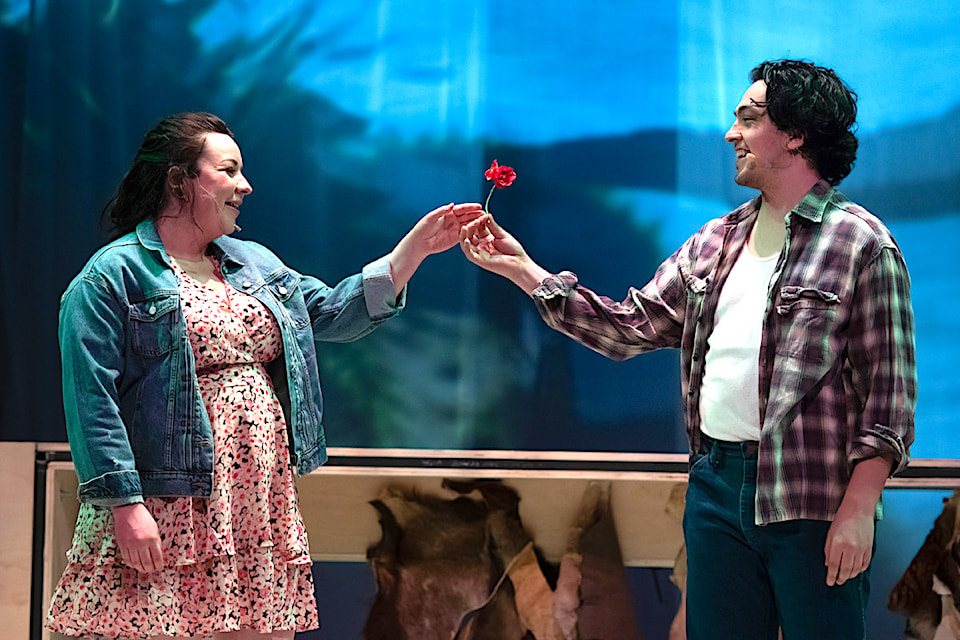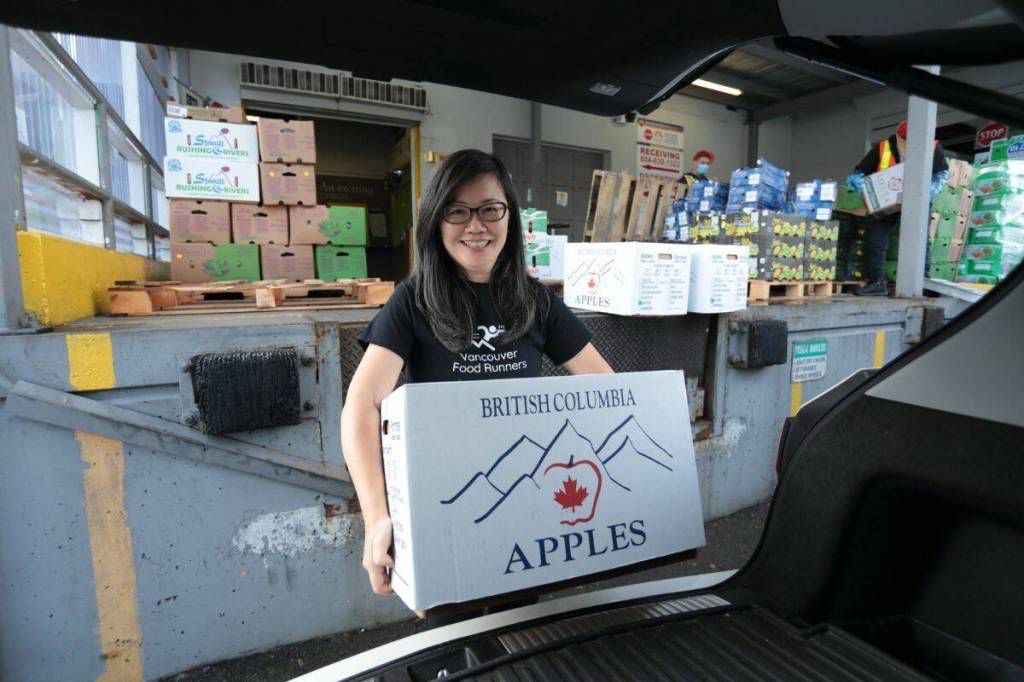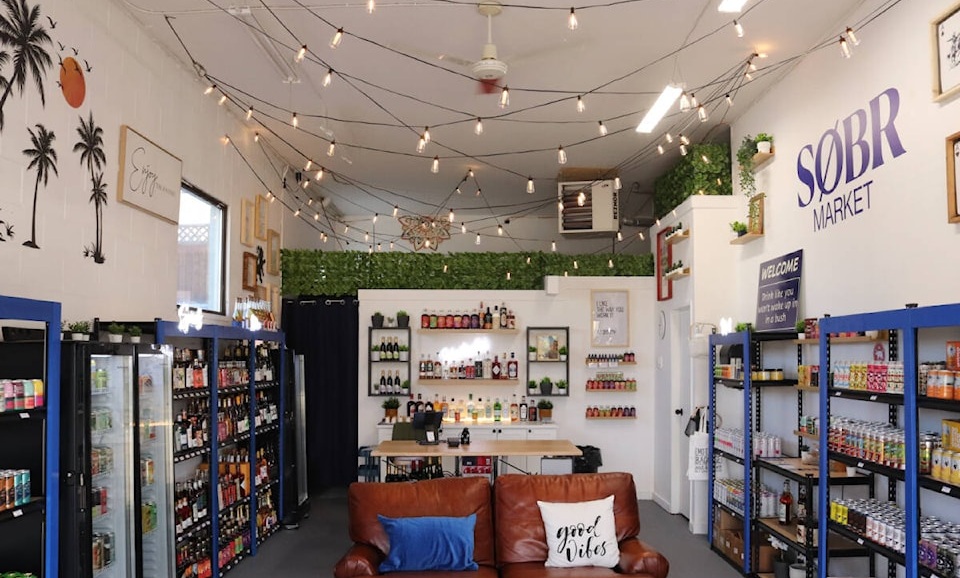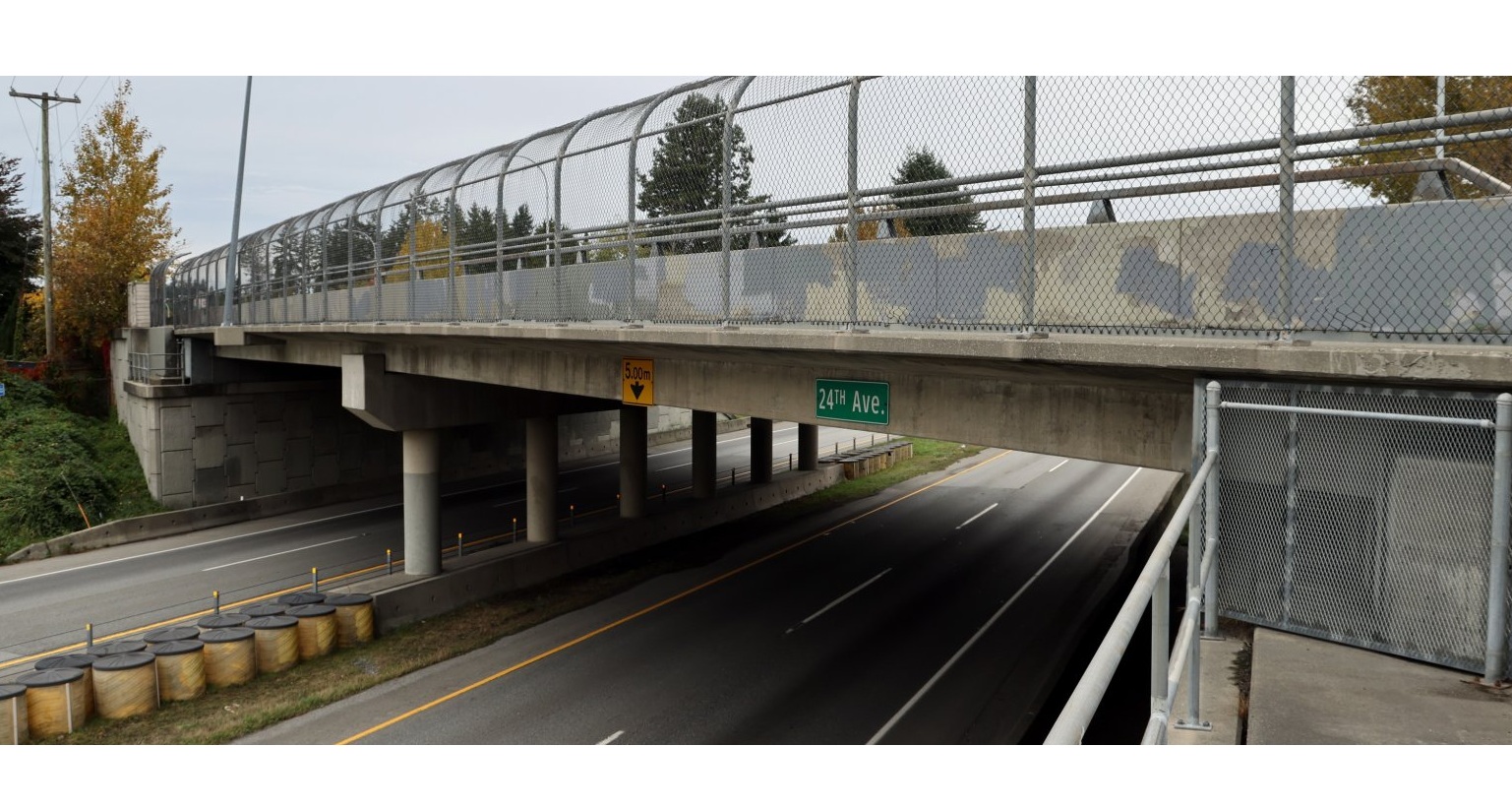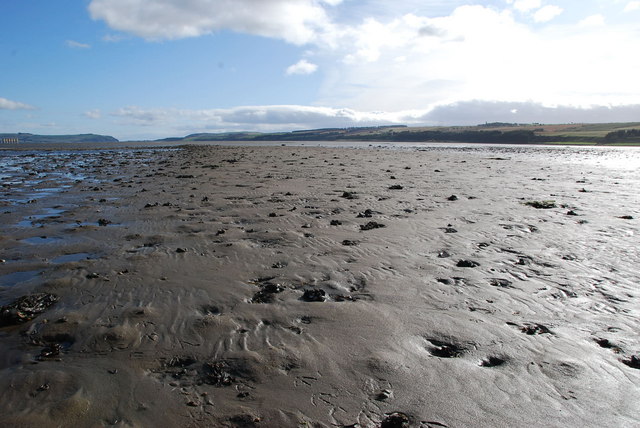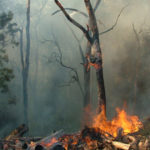Surrey Volunteers Help Reinforce First-of-Its-Kind Living Dike
In a powerful show of community-led climate resilience and environmental stewardship, volunteers joined forces in South Surrey’s Mud Bay to enhance B.C.’s first living dike. The work, completed just before the Canada Day long weekend, is part of a broader climate adaptation pilot led by the City of Surrey and the City of Delta.
Designed to combat rising sea levels and protect against storm surges, the living dike also plays a vital role in enhancing biodiversity along the Boundary Bay coastline.
Nature-Based Solutions to Rising Sea Levels
Unlike traditional concrete dikes, living dikes use natural materials like sediment, vegetation, and brushwood to create a self-sustaining, adaptable barrier. Over time, these structures evolve—mimicking the functions of natural salt marshes.
This approach does more than shield nearby neighbourhoods from floods. It supports local wildlife habitats, helps capture carbon, and provides a softer, more sustainable edge between land and sea.
Thousands of Plants, Hundreds of Hands
On June 23 and 24, volunteers and project teams planted thousands of native vegetation plugs along the shoreline. The effort included support from:
- Ducks Unlimited Canada
- Surrey SHaRP (Salmon Habitat Restoration Program)
- Queen’s University researchers
They also worked to repair brushwood dams, a key feature that helps the dike retain sediment and grow over time.
A B.C. First—And a Community Effort
This living dike is the first project of its kind in British Columbia, and community involvement has been crucial since day one. With climate threats on the rise, cities like Surrey and Delta are turning to innovative, nature-based engineering to prepare for the future.
“This living dike shows how collaboration and local action can help build a stronger, more climate-resilient shoreline,” the City of Surrey noted in a release.
Protecting Coastlines While Restoring Ecosystems
Beyond flood protection, the dike plays a restorative role—supporting coastal ecosystems that are vital for birds, fish, and other wildlife. As sea levels rise, the living dike is designed to grow too, layering organic material in a way that helps it adapt naturally over time.
Projects like this are becoming increasingly important as Lower Mainland communities look for ways to protect infrastructure, support urban ecology, and take proactive steps in the face of climate change.
To learn more about Surrey’s climate resilience initiatives and green infrastructure projects, visit surrey.ca.
Stay tuned to Surrey Speak for inspiring community stories, climate action updates, and how everyday volunteers are helping shape a more resilient future.



